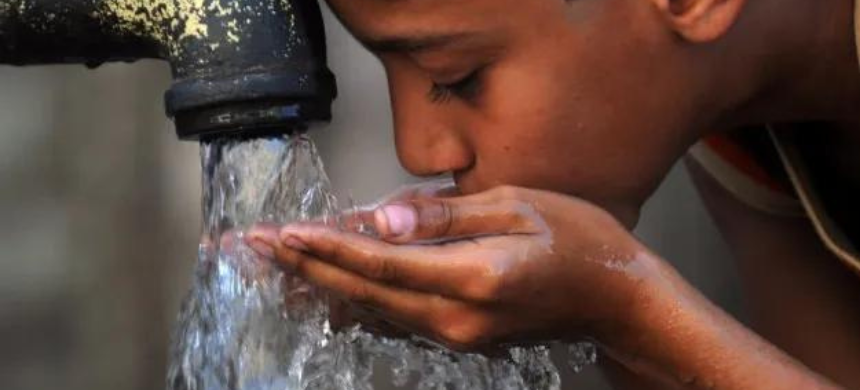Water Crises in Pakistan: A Growing Concern
The water crisis in Pakistan’s major cities, particularly Quetta and Islamabad, is escalating, raising alarms about public health and urban sustainability.
Quetta: The Threat of a “Ghost City”
In Quetta, the situation is dire. The water table has plummeted by 300 feet over the past decade, with an alarming annual decline of nearly 30 feet. Officials are sounding the alarm, warning that Quetta risks becoming a “ghost city,” with discussions about potentially relocating the capital if conditions worsen.
- Groundwater Depletion: Between 2010 and 2021, districts in Balochistan faced significant groundwater depletion, with some areas experiencing drops exceeding 300 feet. The water table in Quetta fell from 300 feet in 2010 to 600 feet in 2021.
- Long Recovery: According to Syed Ali Murtaza, Secretary of Water Resources, even halting groundwater extraction would require 30 years for recovery. Without intervention, agriculture and orchards may collapse, leading to a complete water collapse within three to four years.
Murtaza emphasizes that there are no engineering solutions to this crisis. He insists that small dams and other minor measures are insufficient; the only viable solution is to cease groundwater extraction and enforce water regulations urgently.
Read More: Khanpur Dam Activities 2024: Water Sports activities & more.
Islamabad: Public Health Crisis Due to Contaminated Water
Meanwhile, Islamabad faces its own severe challenges. The city is grappling with contaminated drinking water, raising health concerns among residents. The presence of pollutants like nitrates has led to worries about “blue-baby syndrome,” which affects infants.
- Water Supply Issues: Islamabad currently receives 80 million gallons per day (MGD) against a demand of 129 MGD. This limited supply, sourced from outdated pipelines connected to Simly Dam, Khanpur Dam, Rawal Dam, and tube wells, is insufficient for the city’s needs.
- Contamination Levels: According to the Pakistan Council of Research in Water Resources (PCRWR), 22 of Islamabad’s 127 tube wells are deemed unsafe, and 39 out of 108 water plants show dangerous contamination levels.
Groundwater Crisis in Balochistan
The situation in Balochistan is similarly grim. Groundwater levels in areas like Qila Abdullah have dropped by 350 feet in the past decade, with some districts, such as Pishin, seeing declines from 300 feet to 650 feet. The current depletion rate is deemed unsustainable.
Legislative and Regulatory Challenges
Despite existing regulations, violations persist. The Balochistan Ground Water Rights Administration Ordinance of 1978 lacks enforcement power, making it ineffective. The Senate Standing Committee on Water Resources, led by Senator Shahadat Awan, has called for stronger legislation to regulate water usage.
- Regulatory Stalls: Efforts to regulate water safety through law have stalled, despite a draft approved by the Cabinet Committee for Disposal of Legislative Cases (CCLC). The Cabinet redirected the matter to other ministries earlier this year, contributing to the ongoing crisis.
The parliamentary panel has instructed the PCRWR to submit a comprehensive water quality report within two weeks. Both cities require urgent intervention to prevent a full-blown water crisis. The experts warn that without significant action, both Quetta and Islamabad may face severe consequences, impacting public health and sustainability in the years to come.











